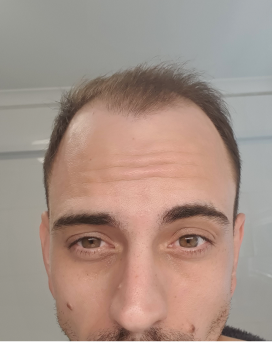
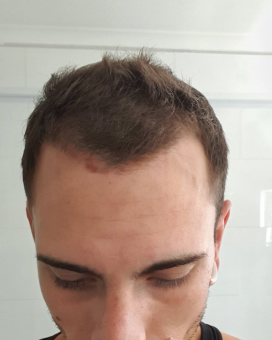
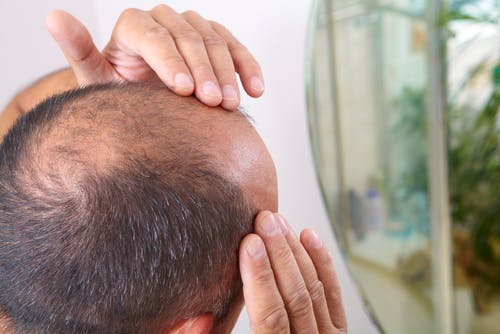
Hair loss treatments for men include various options such as topical treatments, shampoos, and procedures like hair transplants. These treatments aim to promote hair growth and prevent further loss. It's crucial to consult with a healthcare professional to determine the best treatment approach based on individual needs and health status.
Some men seek hair treatment online when they notice changes in their hair thickness, hair density, or hair pigment. However, there are plenty of risks involved in trying random hair treatment products you find online since it’s hard to confirm if the ingredients they contain are safe or effective for you. Consider consulting a doctor for better chances of achieving the hair results you want.
Mosh can connect you with AHPRA-registered Australian doctors who can provide science-backed advice on your hair growth concerns. We understand that some people feel uncomfortable discussing their hair concerns at a clinic where other patients can overhear their confidential information. With Mosh, you can speak freely and comfortably from the privacy of your own home, as you can consult our doctors online.
There’s a lot to consider when seeking the right hair treatment. The answers we have to common questions related to hair growth concerns below might help.
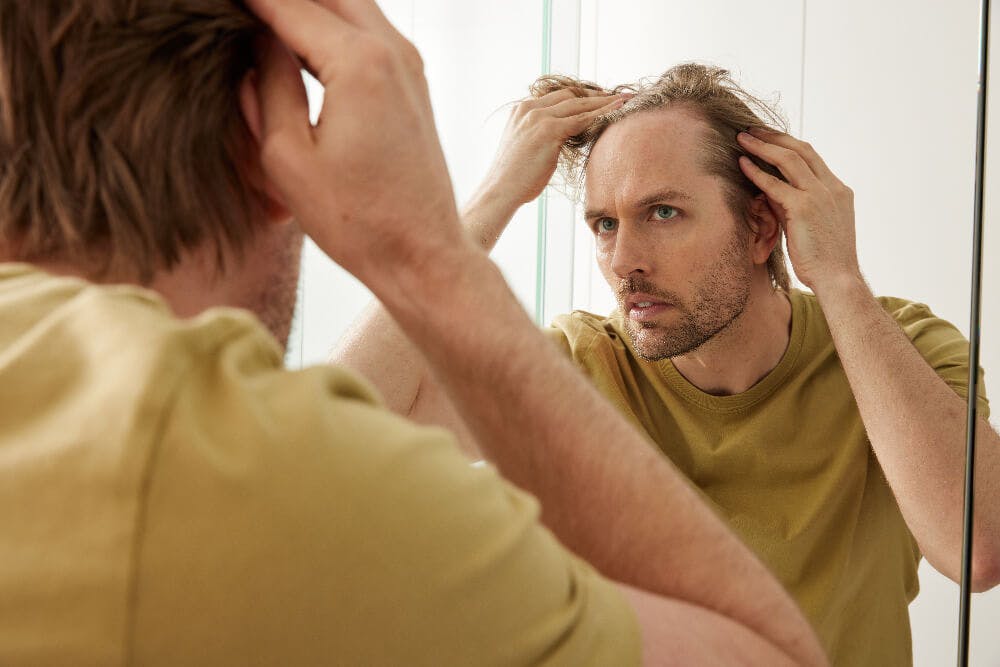
People respond differently to hair treatment plans and products due to genetic, environmental, and many other factors.
Typically, the first three months are the ‘hair reset phase’, where the body is still adjusting to the new products or processes. The next three to six months are the ‘stabilisation phase’ during which hair shedding may decrease, and hair growth may be stimulated. From six months onwards is the ‘regrowth phase’ where you may observe more noticeable differences as hair growth may finally increase.
Mosh doctors will assess your unique condition during your online consultation to consider all possible factors. Your doctor may or may not ask you to self-report the symptoms you’ve experienced and provide photos and your medical history.
Depending on your doctor’s findings, they may simply give you advice on what to do. If your situation requires it, your doctor may prescribe clinically backed medications or recommend a personalised hair treatment plan, which you are free to accept or reject without obligation.
Having hair growth concerns can affect the confidence levels of men and even their mental health, so they search for the ‘best hair loss treatments for men’ online. While hair thinning or balding can’t be completely prevented, hair shedding can be reduced, and hair growth can be increased with the right hair treatment.
You’ve probably heard of Minoxidil or Rogaine and platelet-rich plasma (PRP), which are among the most highly regarded hair treatments for men, but they are just some of the many hair treatment options available. Choosing which among these treatments is most suitable for you can be challenging, but it becomes easier to choose when you narrow down the choices that best fit your lifestyle.
Men who are always on the go may find it easier to stick to their treatment plan more consistently if it involves oral supplements or medication, as they are more convenient to take compared to getting low level laser therapy (LLLT), for example. Discussing the potential side effects of the treatments you are considering and your medical history with your doctor can also eliminate treatment options that your body may not respond well to.
Getting started is easy. You simply have to answer the questionnaire on our platform, and a doctor will get in touch with you to ask further questions. They may also ask about your prior experiences with some hair treatments to help identify which is most practical for your lifestyle or uncover any possible side effects you might have had in the past.
If your condition requires it, your doctor may prescribe treatment products that can be delivered discreetly to your doorstep if you accept to move forward with the treatment plan. We also offer a subscription service where you can have your stocks replenished as you need them. You are free to cancel your subscription at any point without additional charges.
The frequency at which you should get a hair treatment depends on the type of treatment you need. A keratin hair treatment, for example, should be done no more than three times per year to avoid hair damage.[1] Meanwhile, a botox hair treatment can only be injected two to three times per year.[ 2] Experts strongly advise that you get a proper assessment before trying any type of treatment to grow hair
At Mosh, you get ongoing support from your doctor to track your progress and adjust your treatment plan if necessary. You can reach your doctor via text, call, or video chat at any time to provide updates regarding your hair treatment. Because you’ll be working closely with a doctor, you can improve your chances of receiving the right treatment for your desired results.


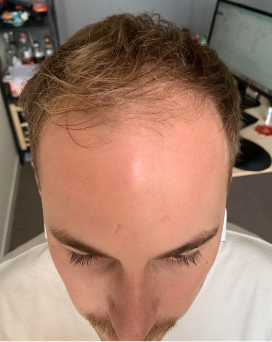

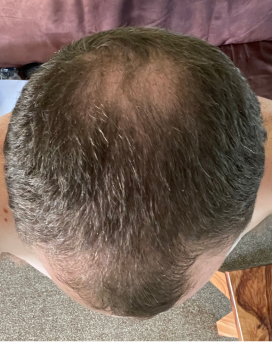
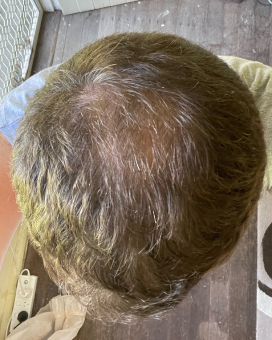
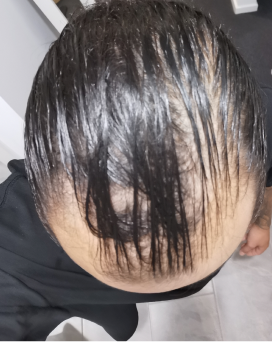
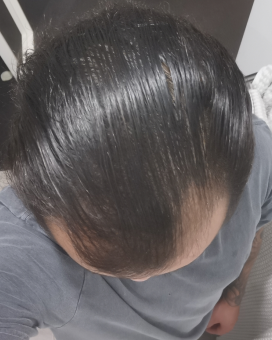
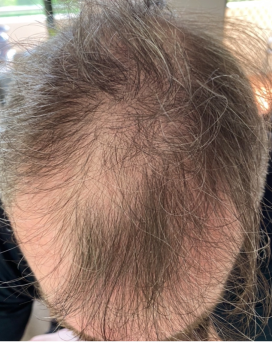
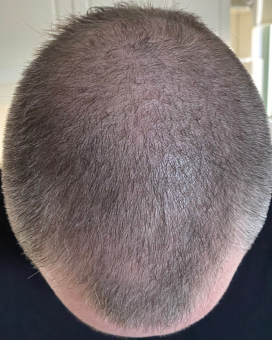
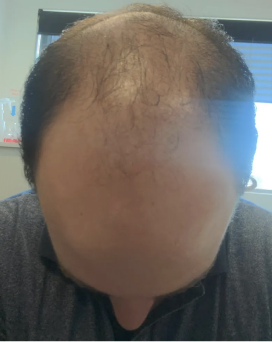
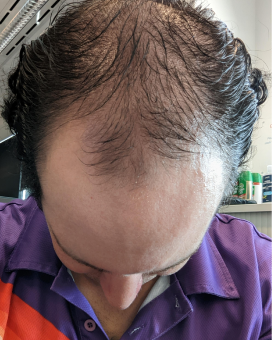
Ready to Treat Hair Loss?